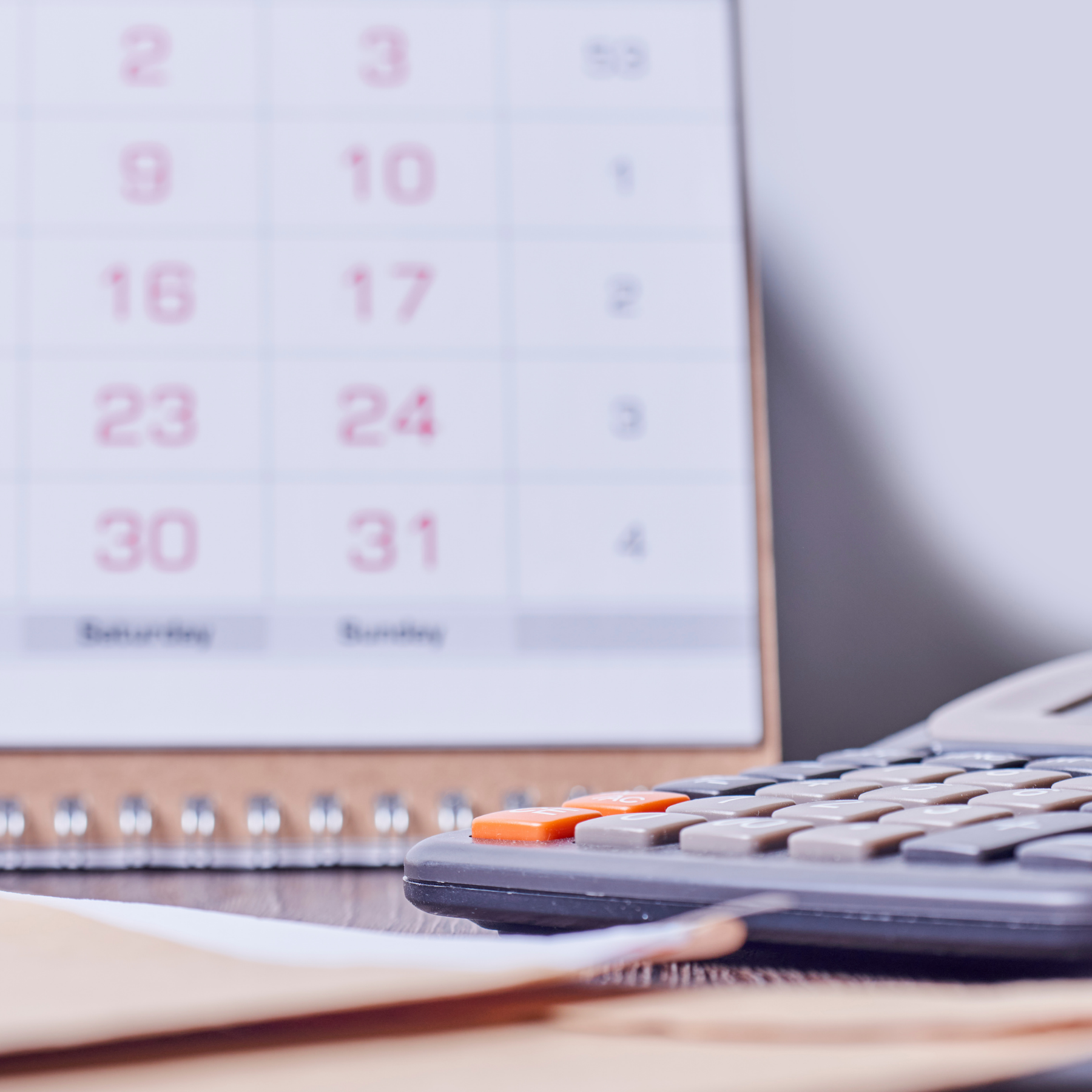Your quarterly estimated tax payments are coming. But how do you make sure you don’t end up getting penalized?
This is not a burden that you have to carry alone as you can share the burden with the right tax pro. Still, it’s important to understand these things because it’s your responsibility.

Quarterly estimated tax payments refer to money owed to the IRS to help make payments against the tax liability you're going to file for on April 15 or your extended deadline respectively.
Unless you have a liability of less than $1,000, the IRS expects you to make payments along the way. This is in addition to your deputy payroll withholdings if you have a salary.
When you're on the payroll for W-2, those things are being held from your paycheck, then sent off by your employer, and paid along the way. When you're self-employed or have additional tax above what's being withheld, they want to see you making quarterly estimated tax payments.
The Safe Harbor Method
The safe harbor method indicates that if you pay a certain amount of your tax, you will not get penalized. The percentage is typically 90% of the tax that you owe for the current year or 100% of the tax you owed for the prior year.
Scenario #1:
Let’s say you filed your return on time when it opened between February 1 and April 15, and you owed more than $1,000 in taxes for 2021. It's going to produce what’s called a “voucher” on your tax return that indicates the payments you need to make.
For instance, you had four vouchers of $1,000 each based on your 2021 filings. And so, your 2022 estimated tax payments, according to your vouchers, should total $4,000. And the IRS keeps track of when you pay them.
In this scenario, you should have paid 100% of your quarterly estimated tax payments when you filed your tax return for you to not get penalized.
Scenario #2:
Let's say you didn't make any estimated tax payments, or you forgot to pay in 2021. Then when you filed your tax return in 2022, you only owed $3,000. Then you should have at least paid 90% of that $3,000, in order to not owe a penalty.
Now, if you have had a 40% increase or decrease in that income, that might be an awesome opportunity to start assessing what you should pay.
If you want to learn more about the safe harbor method and other things you need to consider, check out Episode 091: Using The Safe Harbor Method for Quarterly Estimated Tax Payments.
